Mosquito Surveillance & Disease Testing Technologies
Mosquito surveillance is the cornerstone of an integrated mosquito management (IMM) program. This begins with assessing breeding sites and eliminating mosquitoes at the larval stage. By analyzing population dynamics and species distribution, adult mosquitoes can be safely and effectively controlled. Proactive mosquito surveillance programs and data collection also allow scientists to optimize the use of insecticides and limit spraying to specific areas at precise times. These mosquito surveillance techniques reduce the chance of insecticide resistance, which can create additional challenges and expenses for stakeholders.
 Highly targeted, carefully formulated insecticides are used by experts to safely control mosquitoes and mitigate the risk of vector-borne disease transmission. Though insecticides are an impactful tool in mosquito management, it’s possible for mosquitoes to become resistant to them. According to the Centers for Disease Control and Prevention (CDC) if mortality drops to a rate of less than 90%, the mosquito population is considered insecticide resistant.
Highly targeted, carefully formulated insecticides are used by experts to safely control mosquitoes and mitigate the risk of vector-borne disease transmission. Though insecticides are an impactful tool in mosquito management, it’s possible for mosquitoes to become resistant to them. According to the Centers for Disease Control and Prevention (CDC) if mortality drops to a rate of less than 90%, the mosquito population is considered insecticide resistant.
Insecticide resistance typically occurs during prolonged exposure to insecticides used during the management process. Continued use in moderately susceptible populations can result in the selection of resistant individuals and loss of insecticide sensitivity in certain areas—something that is particularly dangerous during large mosquito outbreaks following rainstorms, hurricanes, and other serious weather events. Insecticide resistance not only contributes to wasted time and resources but it also endangers communities through increased disease transmission.
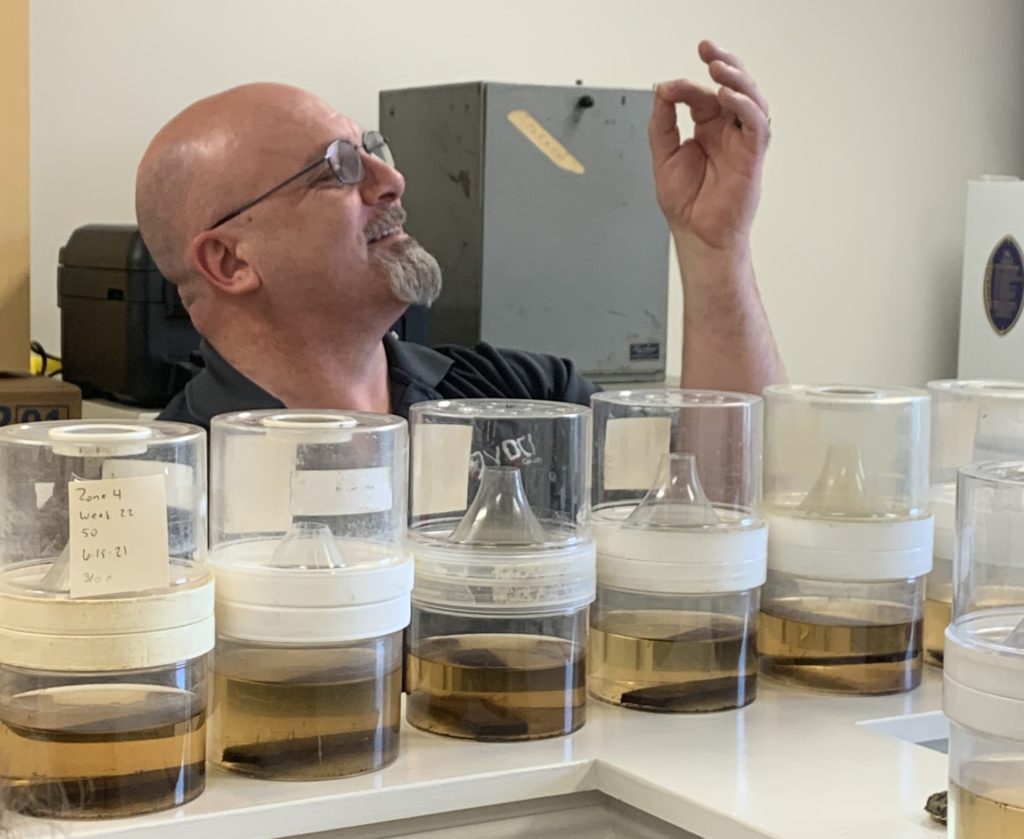 The best way to prevent insecticide resistance is ongoing mosquito surveillance and monitoring. IMM programs incorporate strategic mosquito surveillance and monitoring efforts throughout the management season to gather information about species bionomics, active periods, host preferences, and the presence of disease. This knowledge about local mosquito populations is used to determine the severity of a nuisance outbreak and inform control efforts.
The best way to prevent insecticide resistance is ongoing mosquito surveillance and monitoring. IMM programs incorporate strategic mosquito surveillance and monitoring efforts throughout the management season to gather information about species bionomics, active periods, host preferences, and the presence of disease. This knowledge about local mosquito populations is used to determine the severity of a nuisance outbreak and inform control efforts.
Scientists have multiple ways to collect information. Each method is selected based on the unique challenges a community is facing.
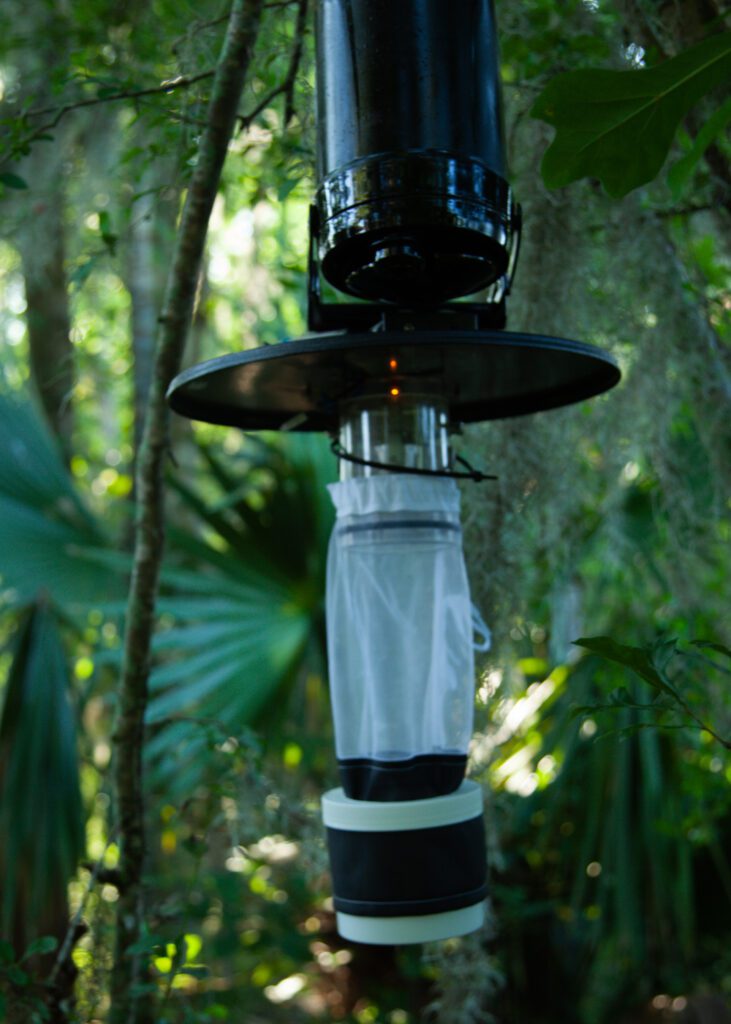 CDC Light Traps
CDC Light Traps
These mosquito surveillance light traps, which were developed by the Center for Disease Control and Prevention, are considered the industry standard for mosquito surveillance and collection. Like the New Jersey light trap, it attracts many different species, but it is portable. A 6V battery powers a motorized fan that circulates carbon dioxide (CO2) as an attractant. Once they enter the mosquito surveillance trap, mosquitoes are sucked into a collection device. CDC traps are most effective when deployed at dawn and dusk when mosquitoes are most active.
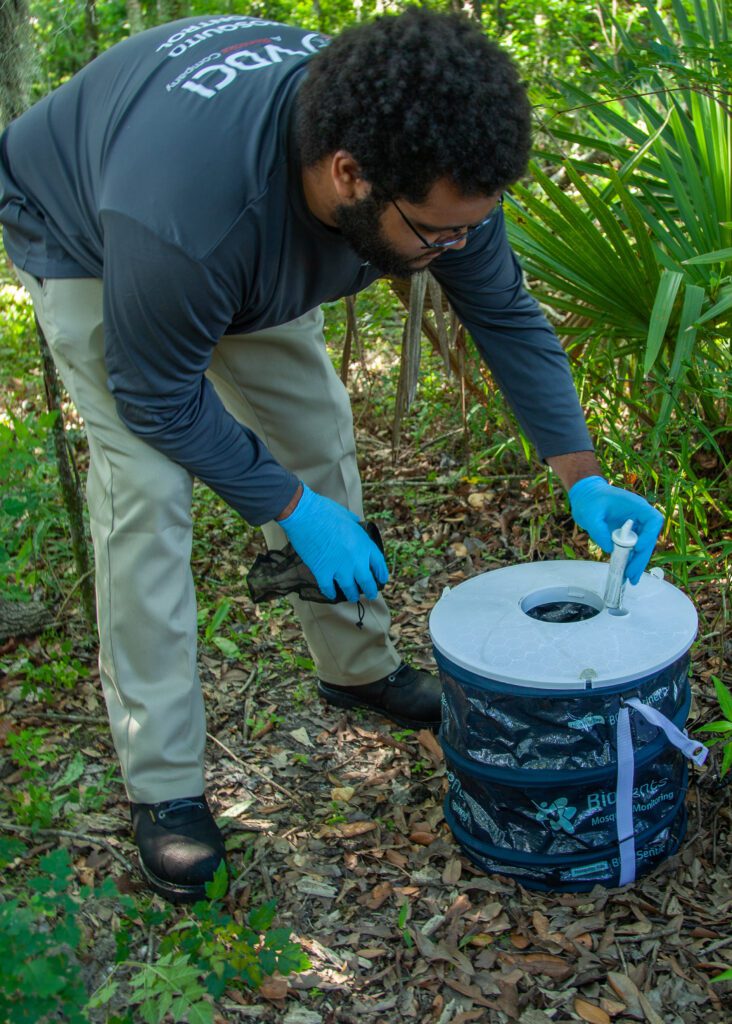 BG-Sentinel Trap
BG-Sentinel Trap
This mosquito surveillance trap is designed to capture Aedes albopictus (Asian Tiger mosquito) and Aedes aegypti (Yellow Fever mosquito), each of which are known to carry diseases, including Dengue, Chikungunya, Zika virus, and Yellow Fever. Both species thrive in urban environments where they can breed in natural and artificial containers such as gutters, bird baths, watering cans, and outdoor equipment. The BG-Sentinel trap, which is made of a tarp-like material, utilizes an attractant to lure mosquitoes into a funnel. The funnel is outfitted with an electric fan that pulls them into a net where they will remain until collection.
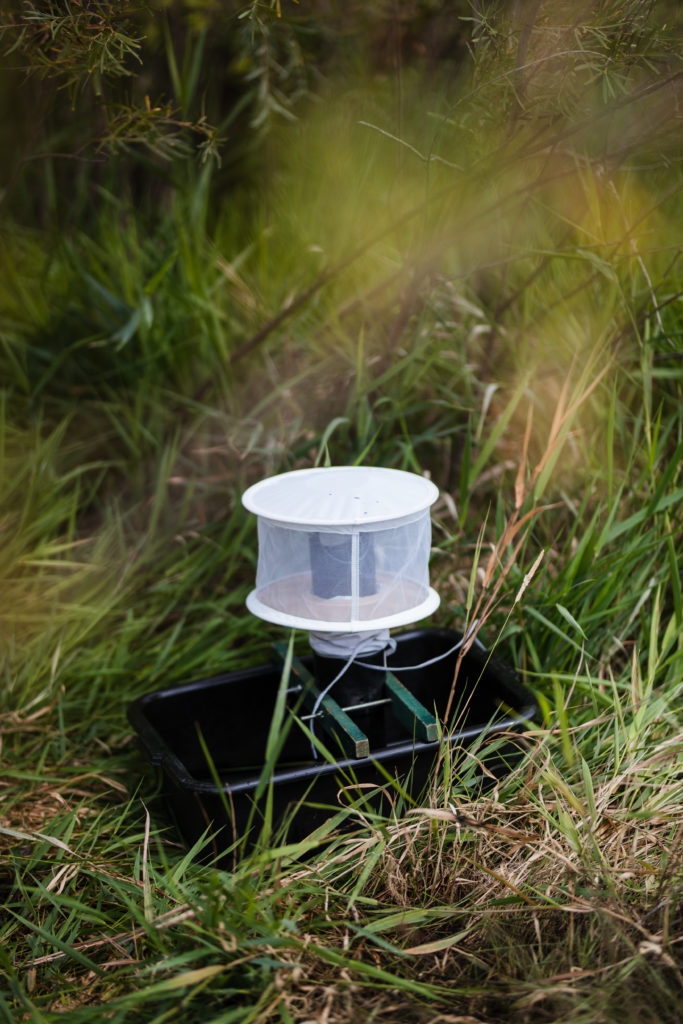 Gravid Trap
Gravid Trap
Gravid traps are designed to catch Culex mosquitoes, such as Culex tarsalis or Culex pipiens. These species are capable of spreading West Nile virus, St. Louis Encephalitis, and both Western and Eastern Equine Encephalitis. Each gravid trap is filled with stagnant water containing organic matter like grass or hay to mimic natural breeding grounds. As Culex mosquitoes approach, they are sucked by an electric fan into the trap for future collection.
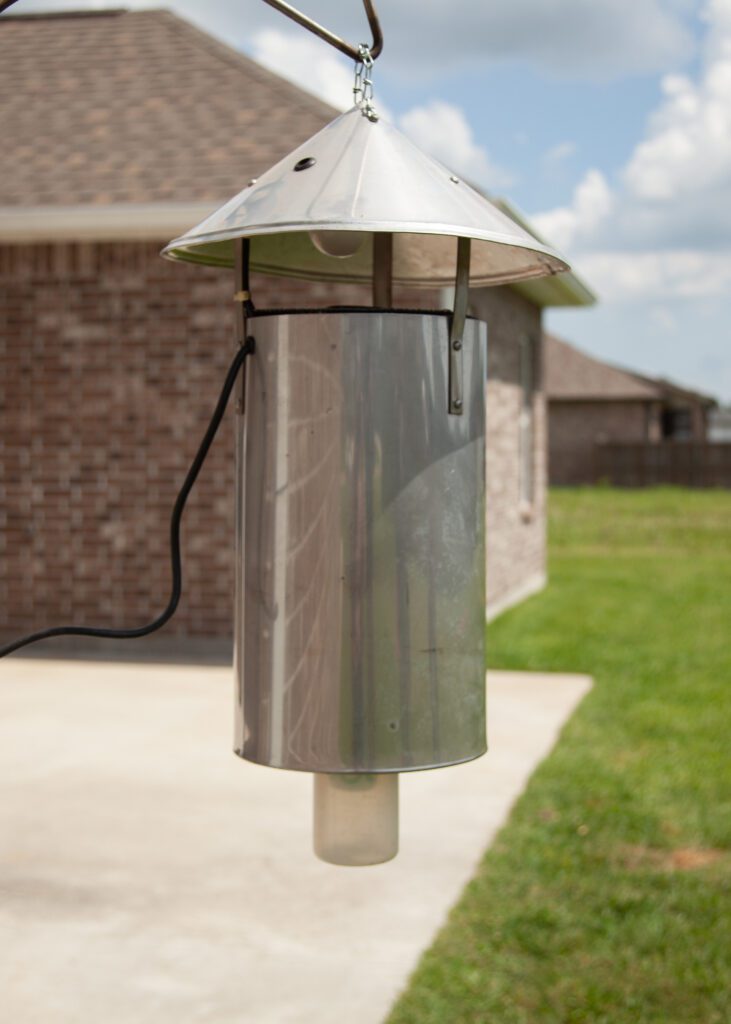 New Jersey Light Trap
New Jersey Light Trap
The New Jersey light trap is effective at capturing a wide spectrum of mosquito species. It is typically used as a permanent mosquito surveillance tool that’s mounted and powered by an outlet in target areas. The New Jersey light trap is a beneficial tool to support IMM programs—it is capable of collecting large quantities of local mosquitoes for scientific analysis and data collection.
PCR Tests
Clinical tests are commonly used in the industry to identify mosquito-borne diseases. PCR tests, for example, allow laboratory technicians to detect different bacteria or viruses that have been transmitted by mosquitoes. Though PCR tests are also used to detect Covid-19, it’s important to note that mosquitoes do not spread the SARS-CoV-2 virus.
RAMP® WNv Tests
RAMP tests are also widely used in the industry. This highly-sensitive test is designed to detect West Nile virus in mosquitoes. A RAMP test can be conducted quickly and efficiently in-house, making it particularly useful following hurricanes and weather events.
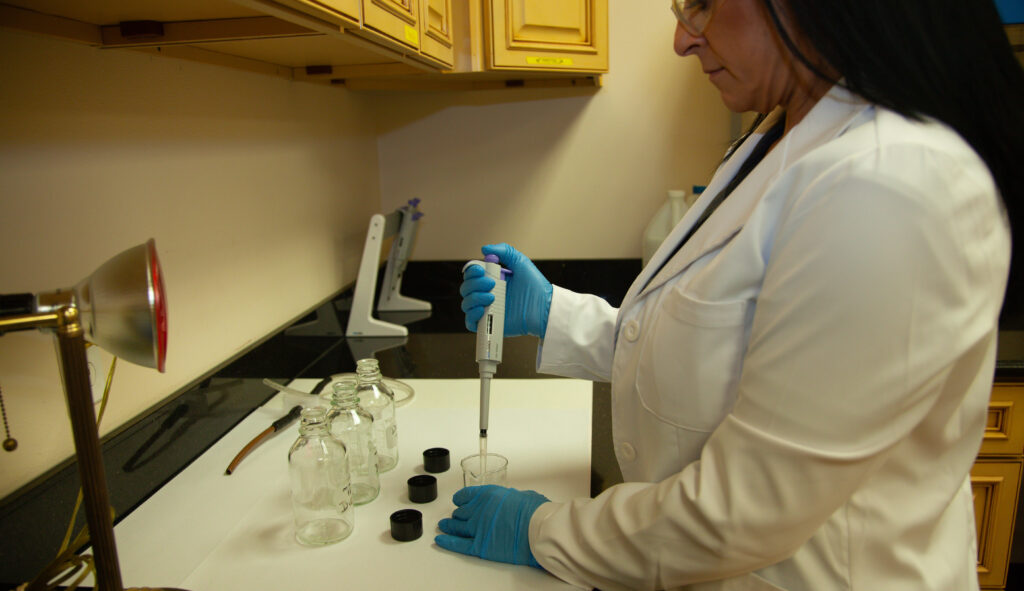
CDC Bottle Bioassay
One of the most important tools when monitoring for insecticide resistance is the CDC Bottle Bioassay. As part of the testing process, bottles are coated with a diluted pesticide solution and then paired with a control group. Female adult mosquitoes are deposited into each bottle, where they are exposed to stressful conditions. Mortality data is then collected and analyzed by scientists for evidence of insecticide resistance.
Larval Cup Bioassay
Larvicides are central to proactive mosquito management programs, and resistance is less common; however, it can still occur. Larval control agents work through either ingestion or contact with the target host, depending on the product used. Like the bottle bioassay process, cups are coated with bacterial larvicides like Bacillus thuringiensis israliensis (Bti), Bacillus sphaericus (Bs), or Spinosad and examined for mortality data.
Modern GPS/GIS technologies have made it possible to gather large amounts of data for site mapping, disease tracking, and analysis. This information can be compared over time to identify trends or patterns that help advise the direction of management programs and ensure ongoing compliance with regulatory standards.
Now, GPS technologies are being integrated into advanced aerial equipment. VDCI’s state of the art drones give technicians a birds-eye-view of target sites for more streamlined site surveillance and mapping, as well as more precise pesticide applications. Likewise, advanced drones allow experts to observe and treat areas that are dangerous, like swamps and wetlands, or more private, like HOAs and other large communities.
Scientists have many advanced tools at their disposal for trapping, species identification, and disease testing, but the most valuable approach is preventative management. Proactive mosquito surveillance, monitoring, communication, and stakeholder education can help experts identify and quickly mitigate disease risks before a community is impacted. VDCI has the experience, necessary mosquito surveillance equipment, industry-leading technologies, and capabilities to handle all of your mosquito surveillance and disease monitoring needs.
Contact Our Experts
Complete the form below or call 800-413-4445 to speak to an expert who can help you develop a custom mosquito surveillance and control program to meet your community’s needs.
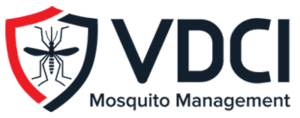 Since 1992, Vector Disease Control International (VDCI) has taken pride in providing municipalities, mosquito abatement districts, industrial sites, planned communities, homeowners associations, and golf courses with the tools they need to run effective mosquito control programs. We are determined to protect the public health of the communities in which we operate. Our mosquito control professionals have over 100 years of combined experience in the field of public health, specifically vector disease control. We strive to provide the most effective and scientifically sound mosquito surveillance and control programs possible based on an Integrated Mosquito Management approach recommended by the American Mosquito Control Association (AMCA) and Centers for Disease Control and Prevention (CDC). VDCI is the only company in the country that can manage all aspects of an integrated mosquito management program, from surveillance to disease testing to aerial application in emergency situations.
Since 1992, Vector Disease Control International (VDCI) has taken pride in providing municipalities, mosquito abatement districts, industrial sites, planned communities, homeowners associations, and golf courses with the tools they need to run effective mosquito control programs. We are determined to protect the public health of the communities in which we operate. Our mosquito control professionals have over 100 years of combined experience in the field of public health, specifically vector disease control. We strive to provide the most effective and scientifically sound mosquito surveillance and control programs possible based on an Integrated Mosquito Management approach recommended by the American Mosquito Control Association (AMCA) and Centers for Disease Control and Prevention (CDC). VDCI is the only company in the country that can manage all aspects of an integrated mosquito management program, from surveillance to disease testing to aerial application in emergency situations.


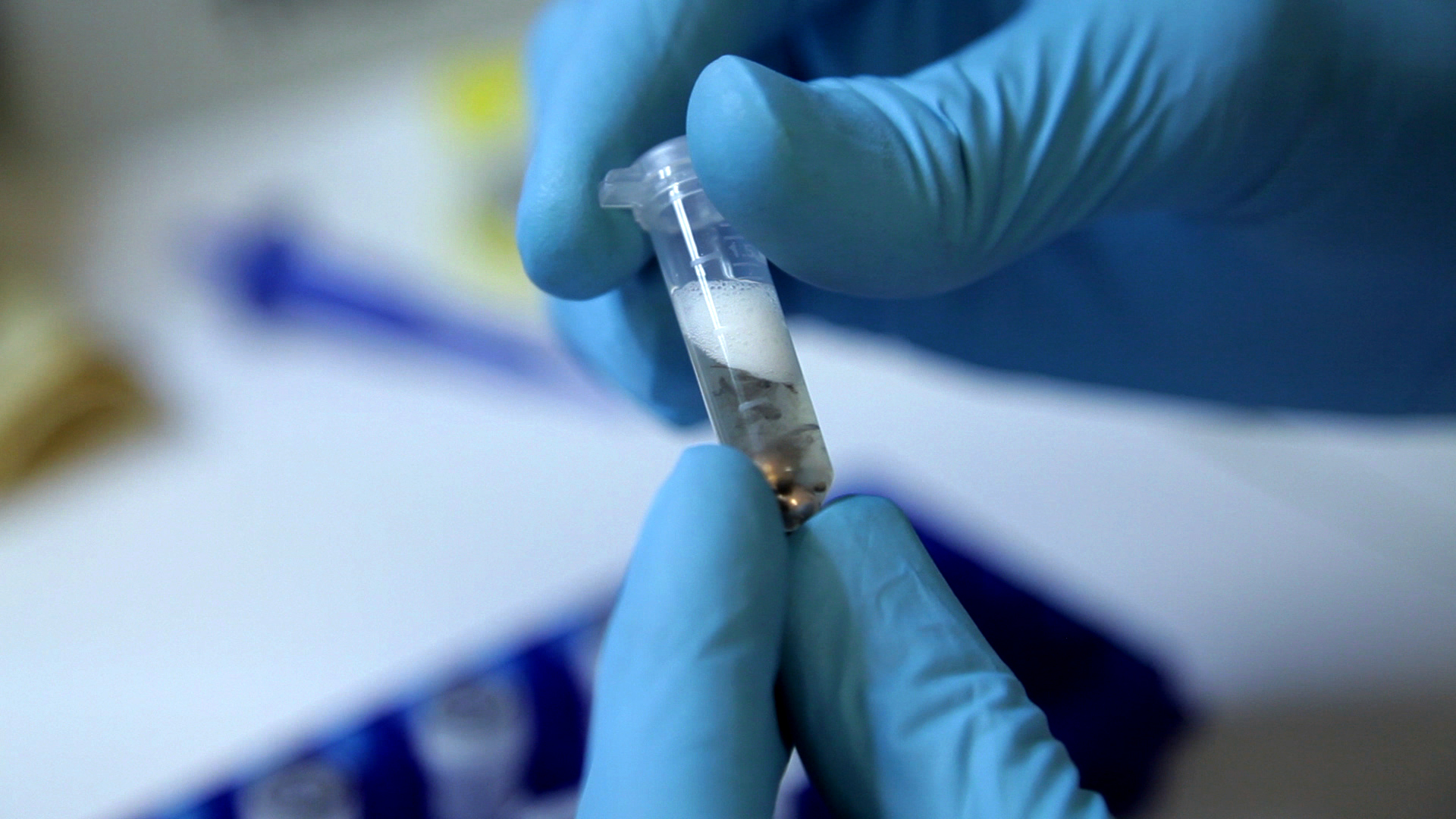
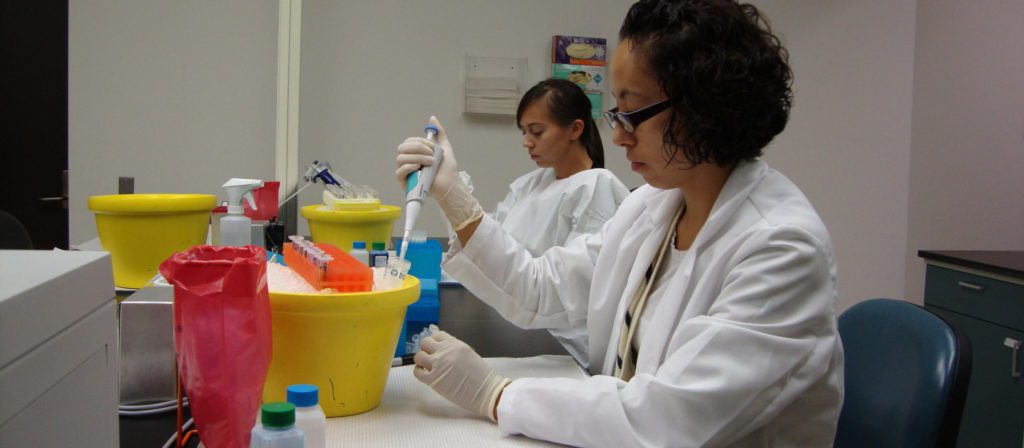
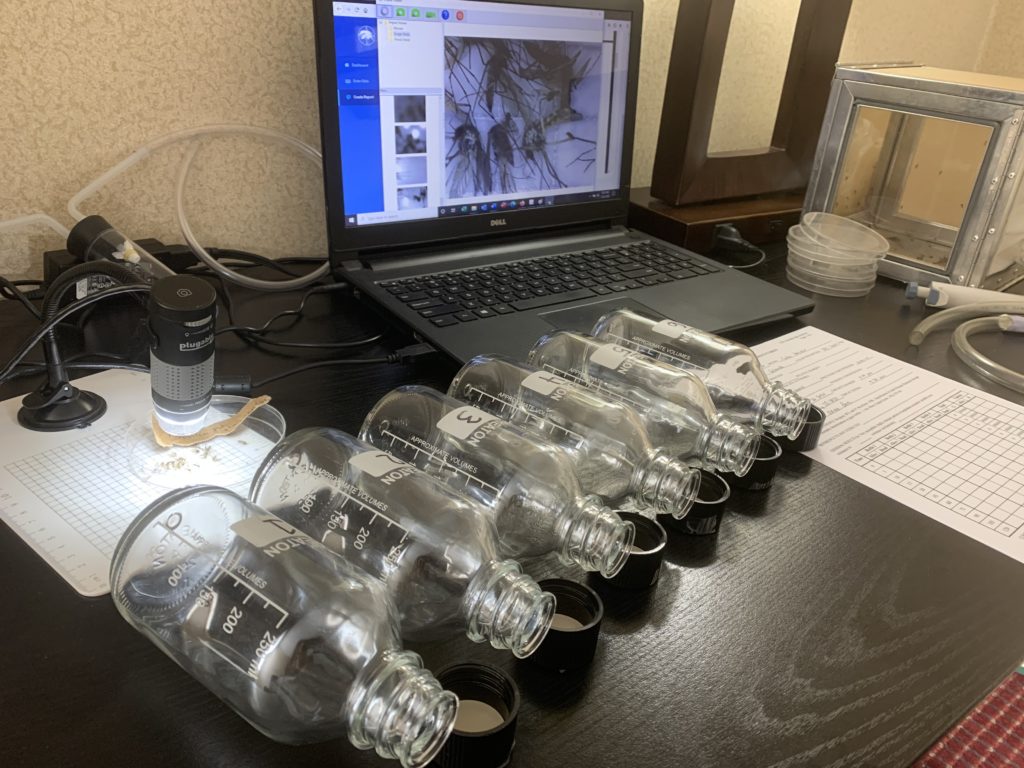
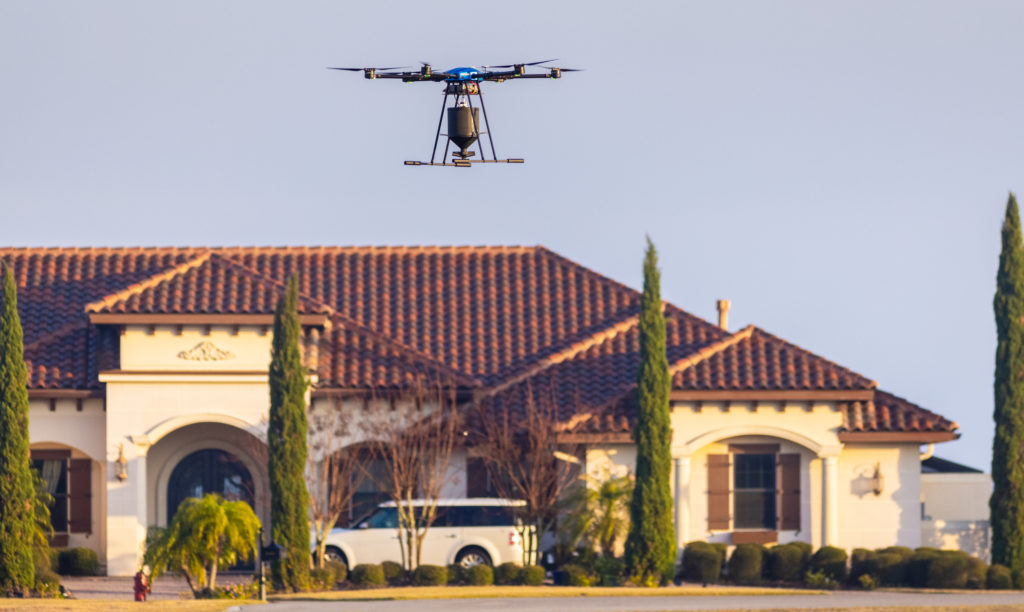
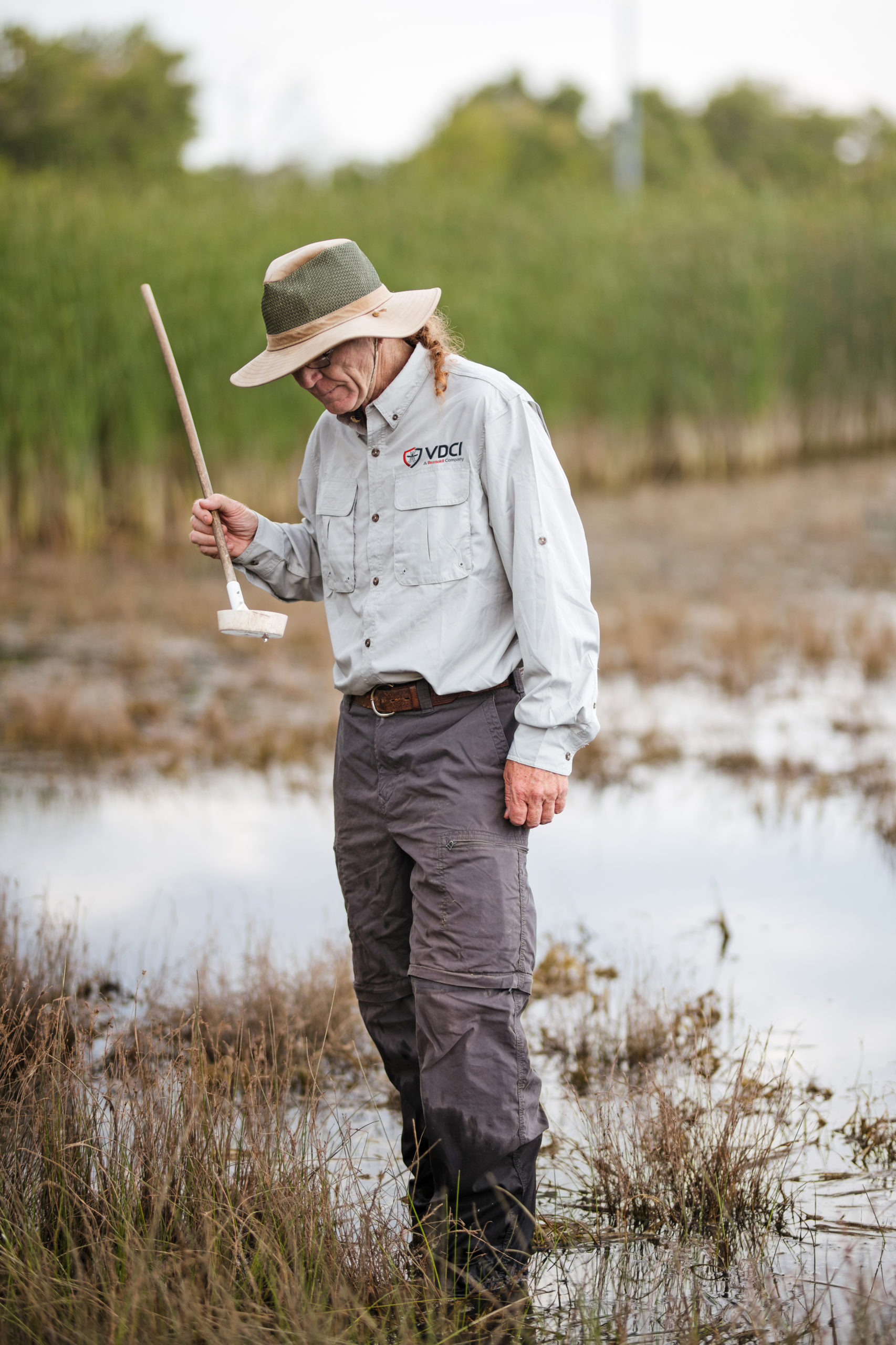
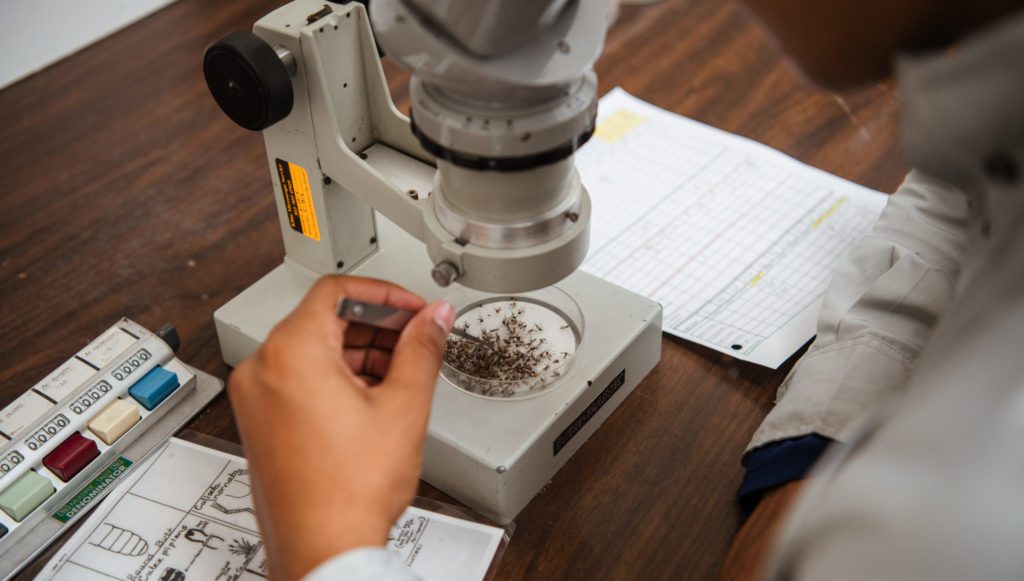
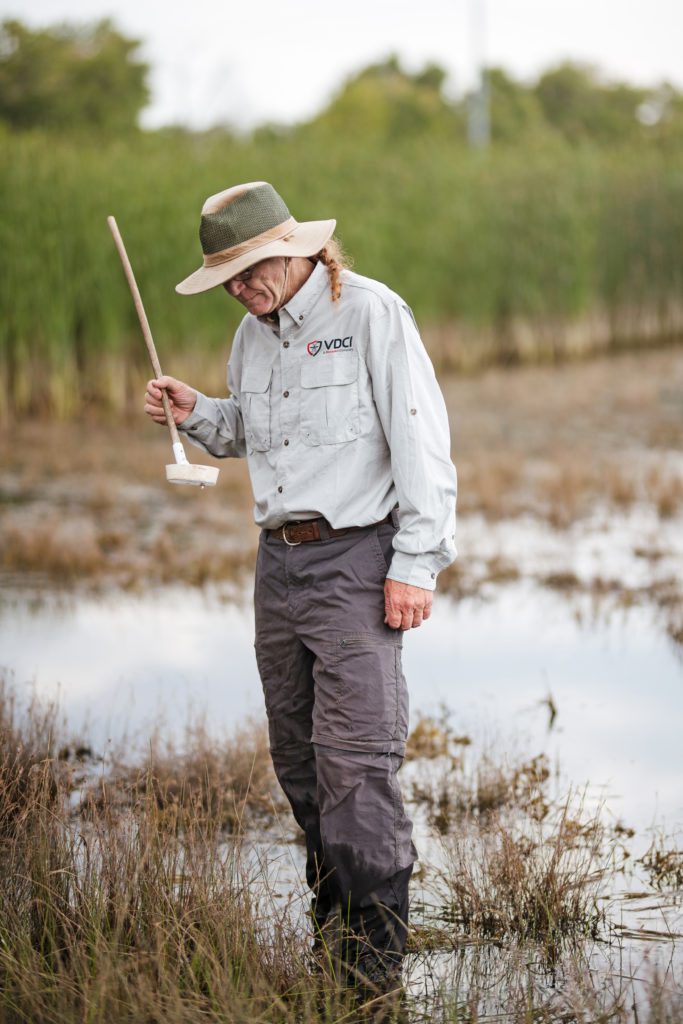
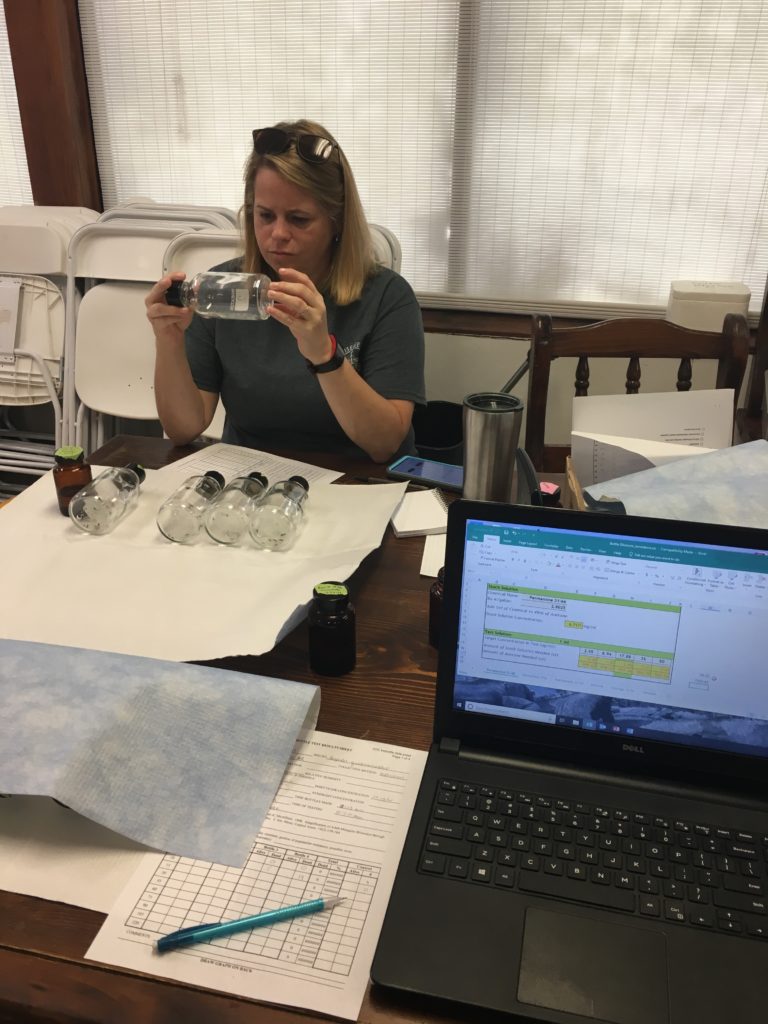
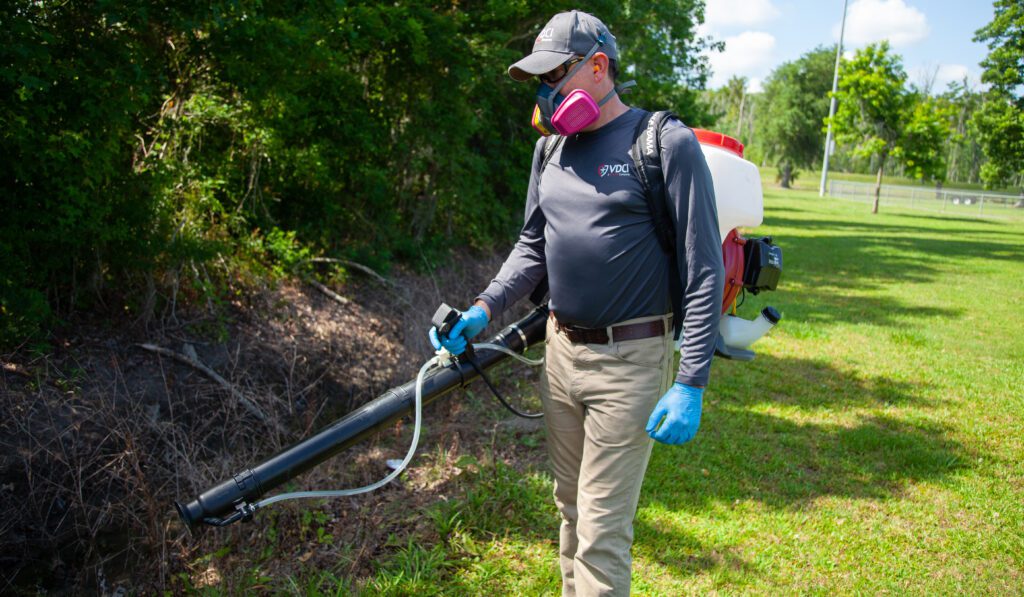
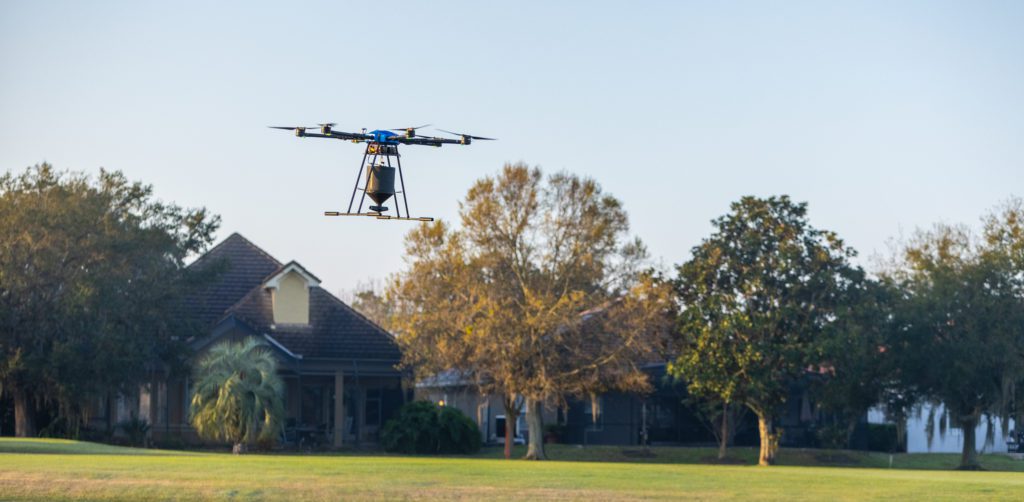
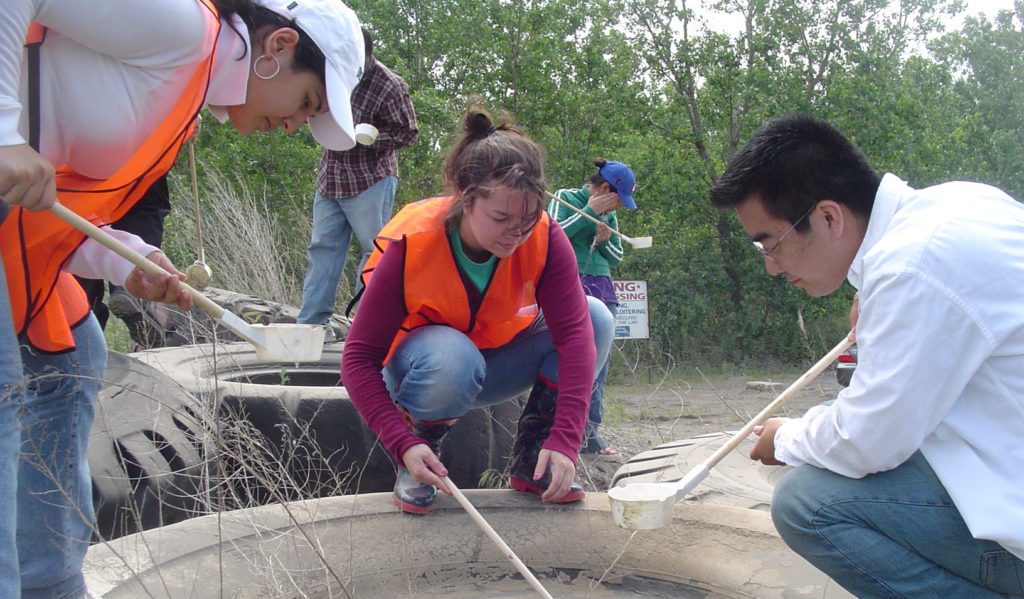
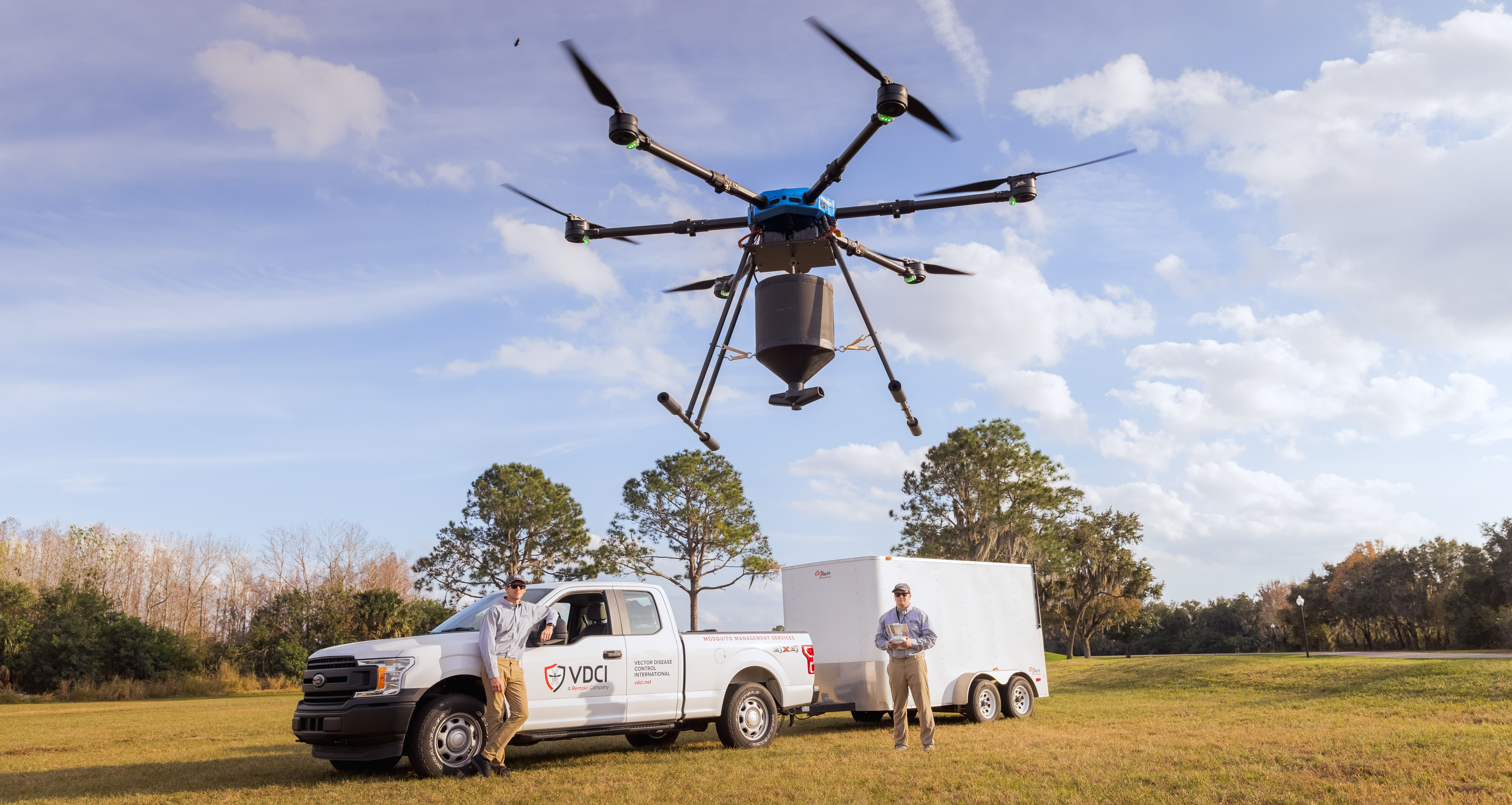
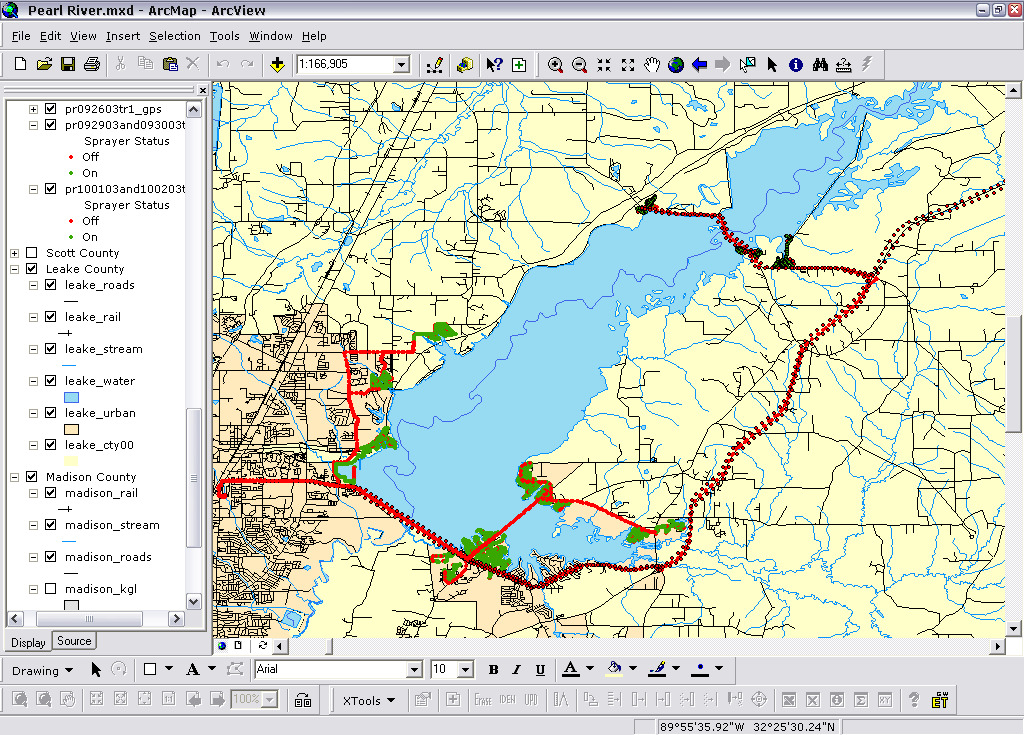
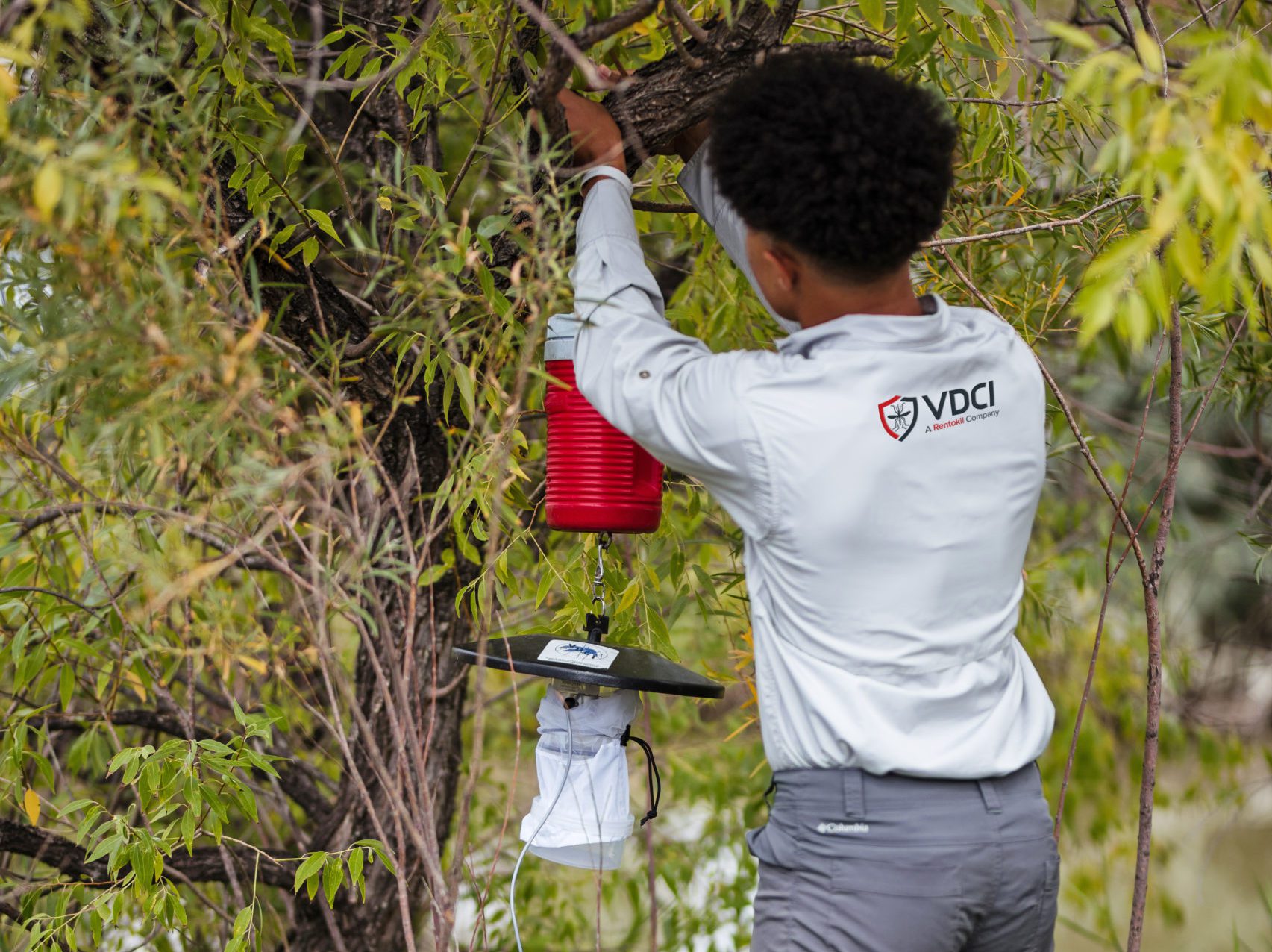
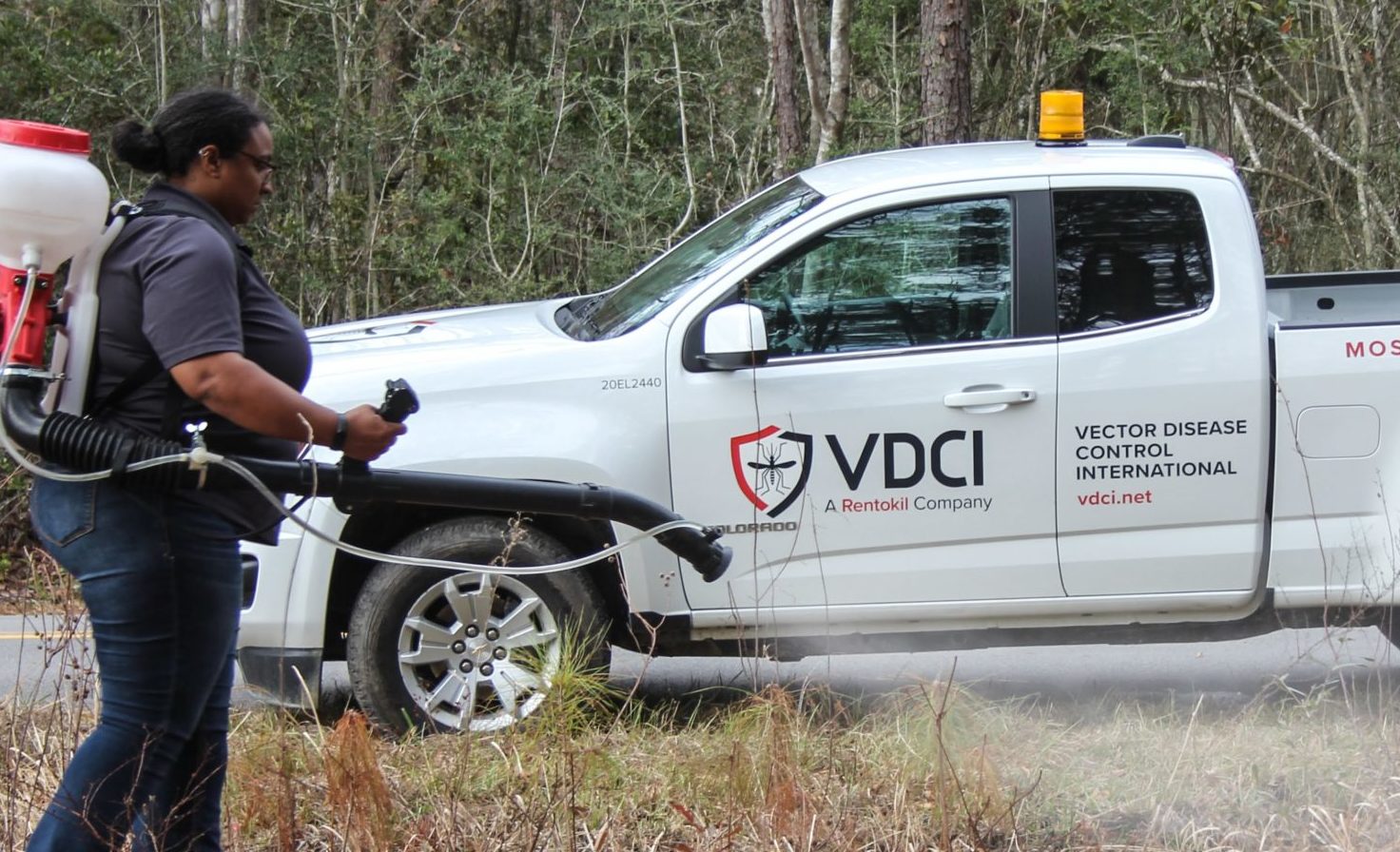
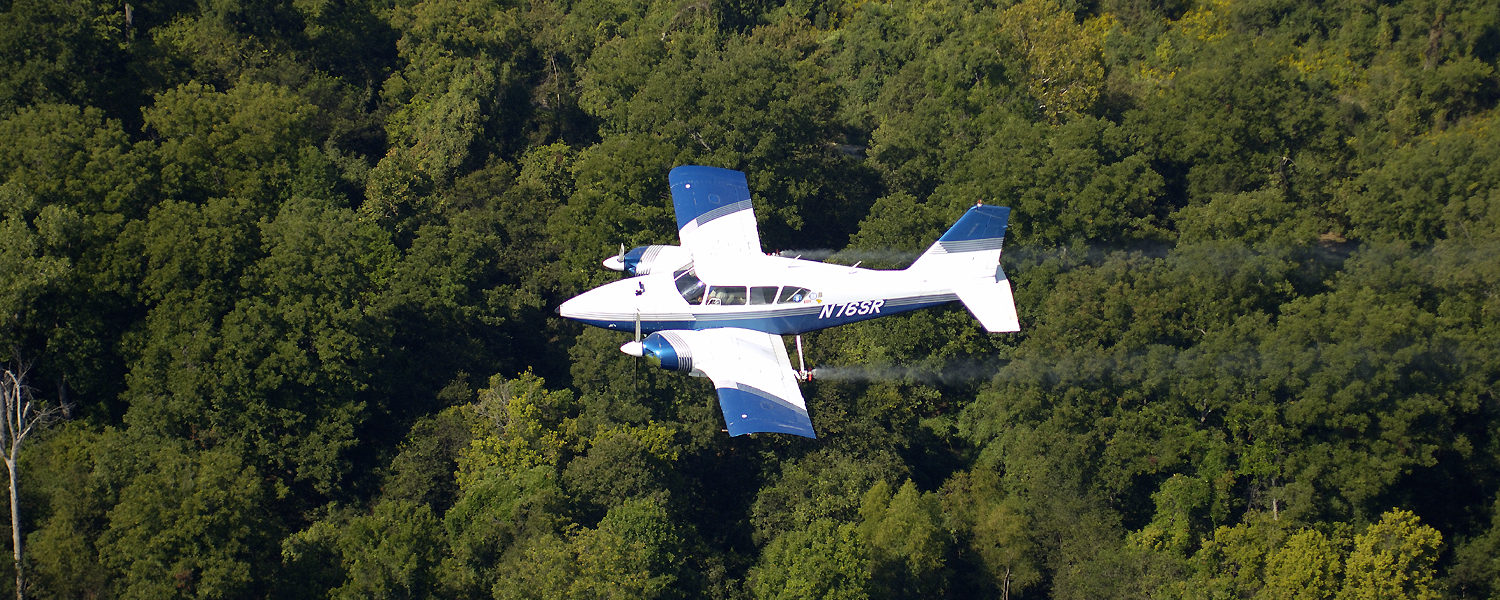
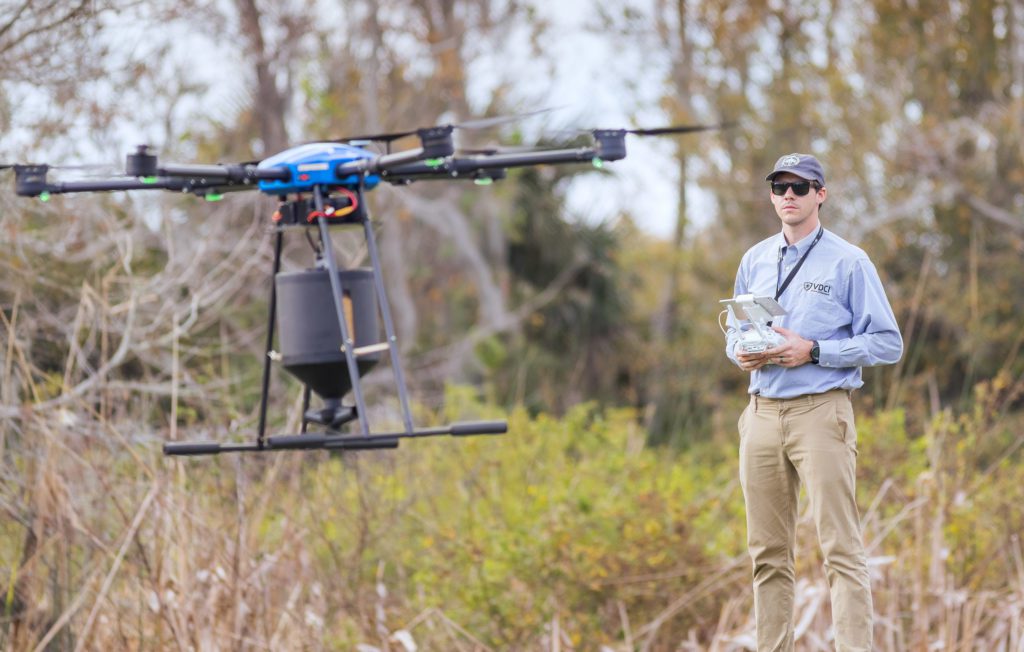

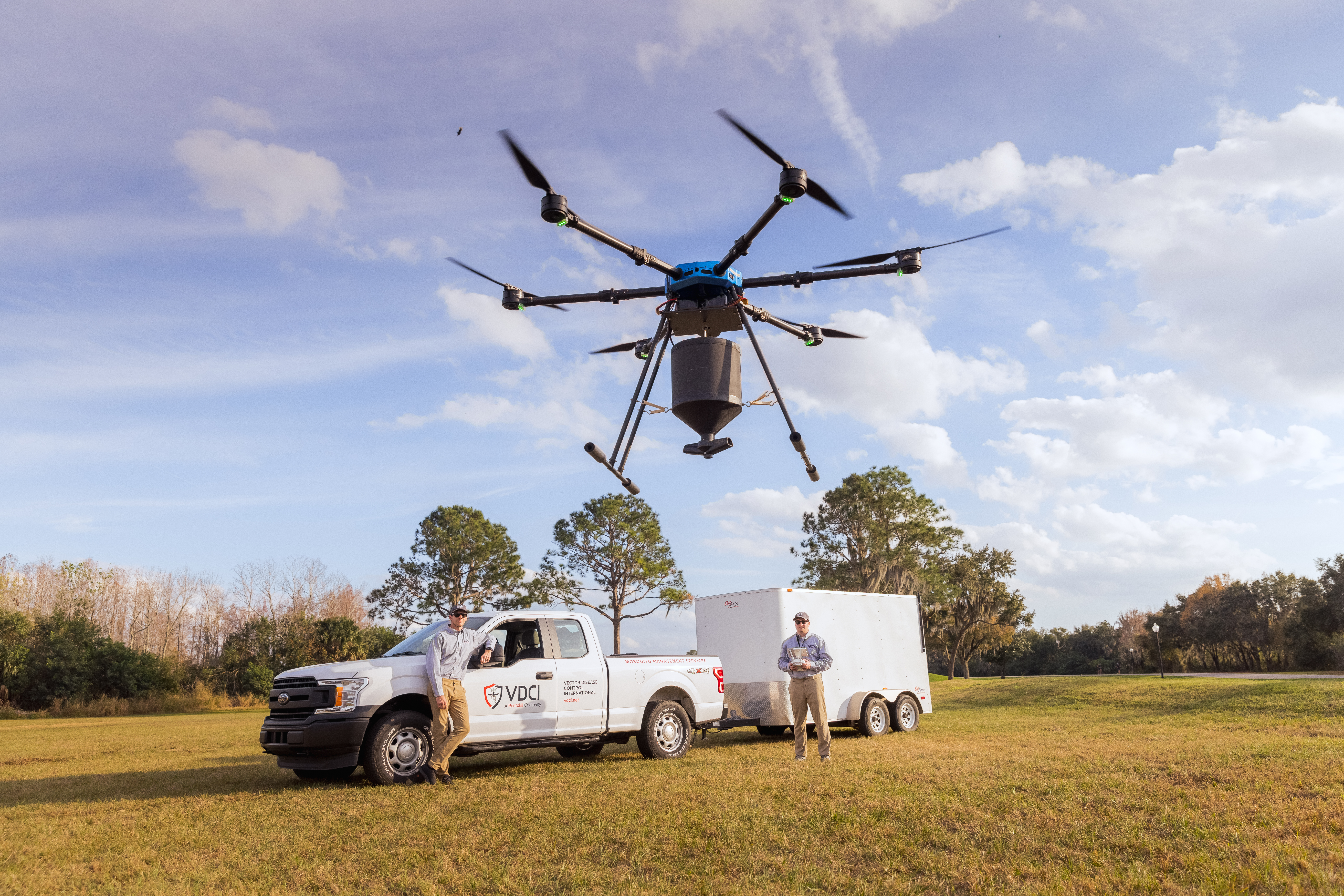
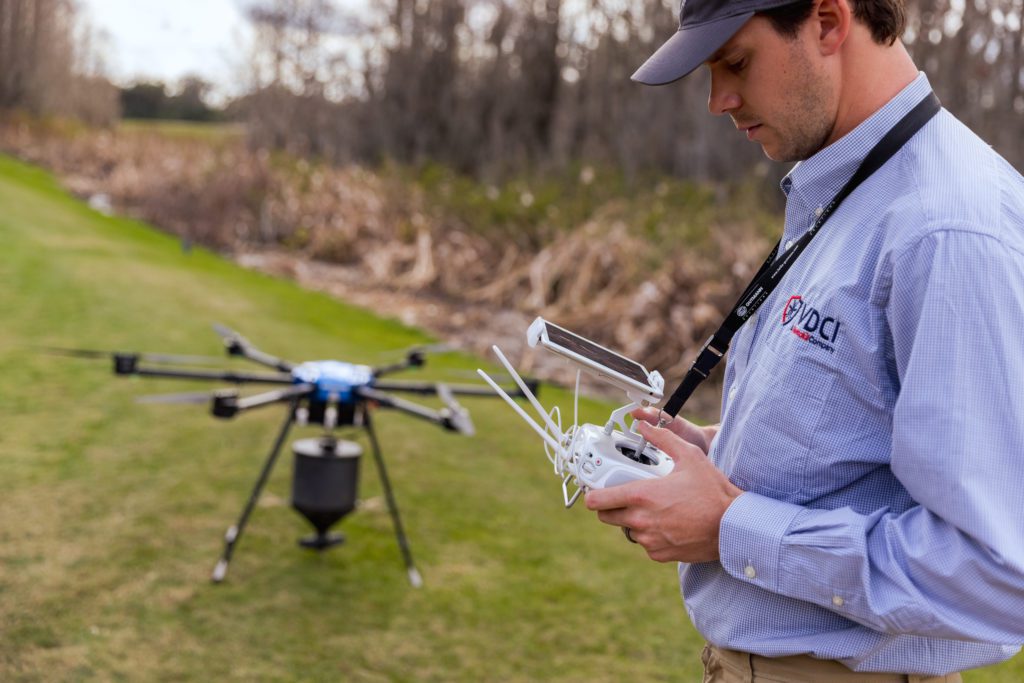
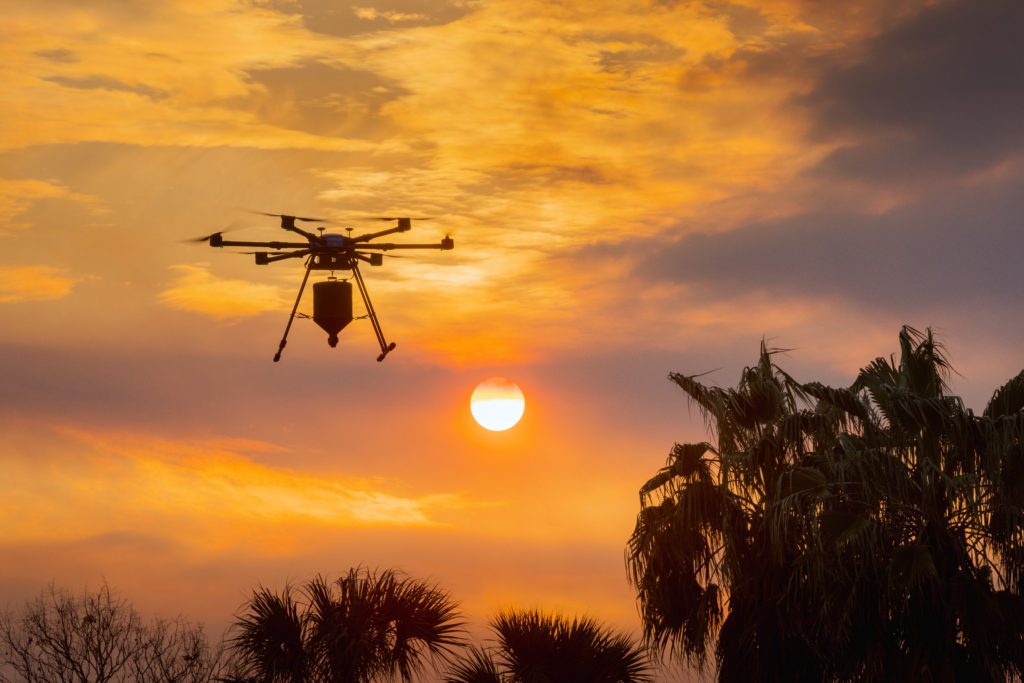
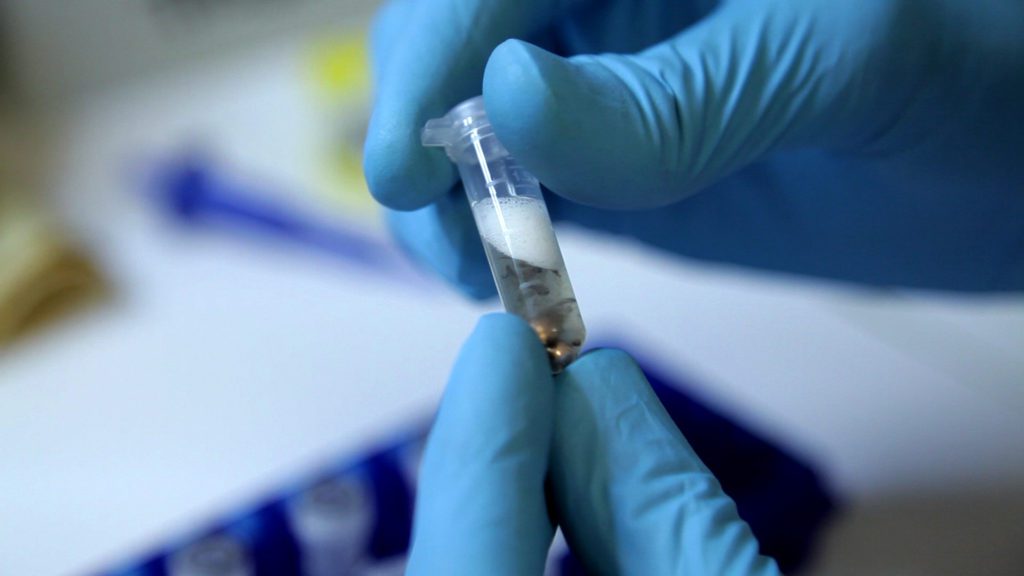
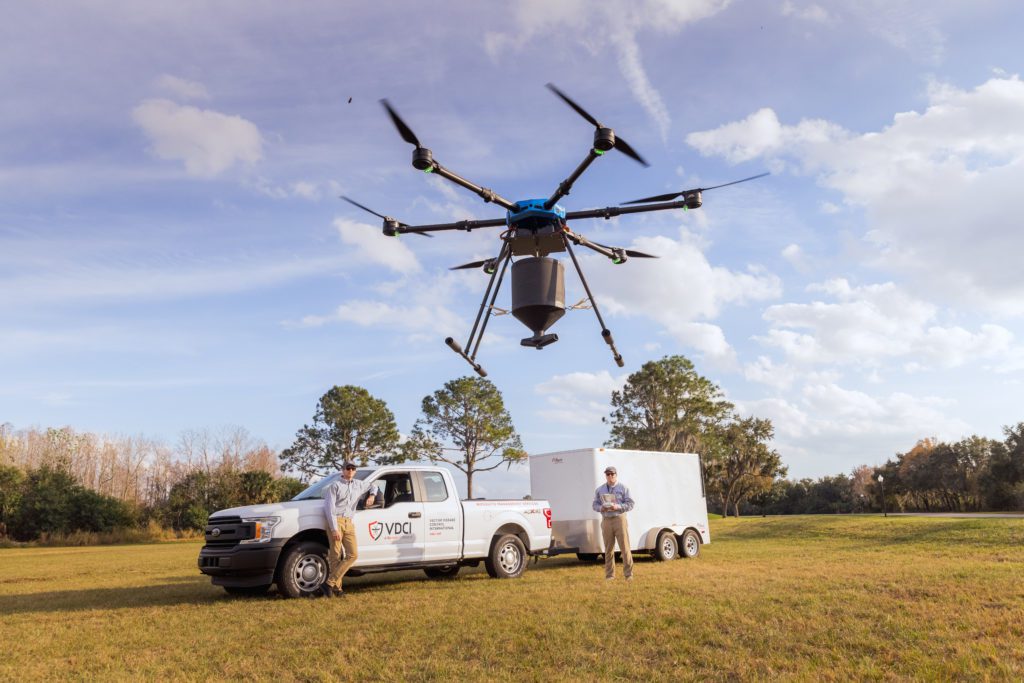
 Since 1992, Vector Disease Control International (VDCI) has taken pride in providing municipalities, mosquito abatement districts, industrial sites, planned communities, homeowners associations, and golf courses with the tools they need to run effective mosquito control programs. We are determined to protect the public health of the communities in which we operate. Our mosquito control professionals have over 100 years of combined experience in the field of public health, specifically vector disease control. We strive to provide the most effective and scientifically sound mosquito surveillance and control programs possible based on an Integrated Mosquito Management approach recommended by the American Mosquito Control Association (AMCA) and Centers for Disease Control and Prevention (CDC). VDCI is the only company in the country that can manage all aspects of an integrated mosquito management program, from surveillance to disease testing to aerial application in emergency situations.
Since 1992, Vector Disease Control International (VDCI) has taken pride in providing municipalities, mosquito abatement districts, industrial sites, planned communities, homeowners associations, and golf courses with the tools they need to run effective mosquito control programs. We are determined to protect the public health of the communities in which we operate. Our mosquito control professionals have over 100 years of combined experience in the field of public health, specifically vector disease control. We strive to provide the most effective and scientifically sound mosquito surveillance and control programs possible based on an Integrated Mosquito Management approach recommended by the American Mosquito Control Association (AMCA) and Centers for Disease Control and Prevention (CDC). VDCI is the only company in the country that can manage all aspects of an integrated mosquito management program, from surveillance to disease testing to aerial application in emergency situations.